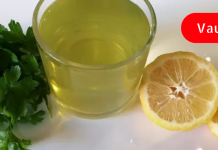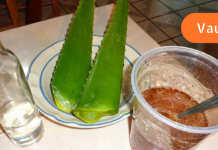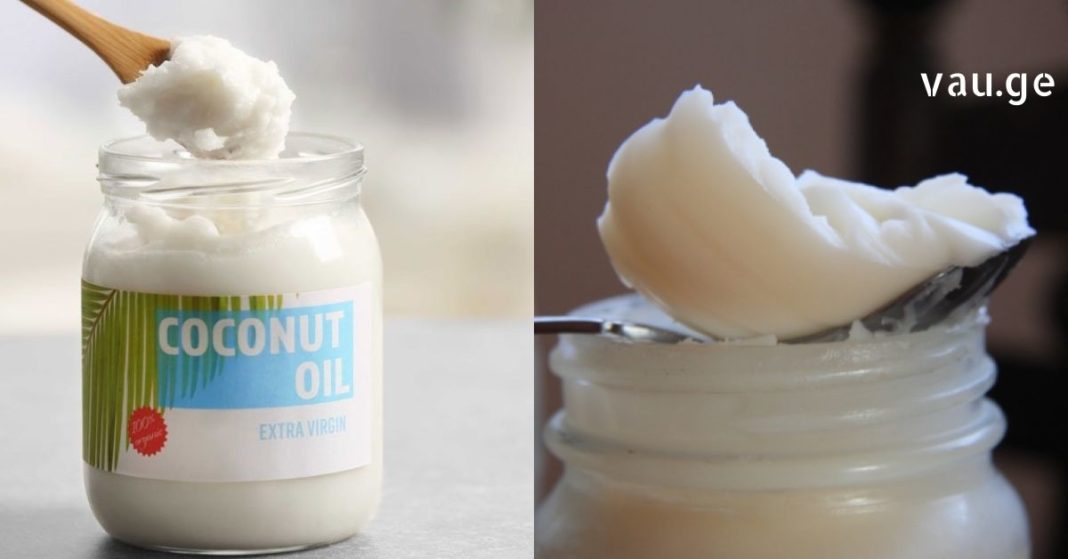When it comes to choosing healthy fats for cooking and overall consumption, coconut oil is often praised as a “superfood.” Its popularity has soared in recent years, especially among those following ketogenic, paleo, or otherwise low-carb, high-fat diets. A key reason for its reputation lies in its high content of lauric acid, a type of saturated fatty acid. Lauric acid is known to raise the levels of high-density lipoprotein (HDL), commonly referred to as “good” cholesterol. HDL is considered beneficial because it helps remove excess cholesterol from the bloodstream, theoretically lowering the risk of cardiovascular disease.
However, more recent scientific research has begun to question this assumption. While HDL is still considered preferable to low-density lipoprotein (LDL), which is associated with plaque buildup in arteries, the health benefits of increasing HDL through dietary sources may be overstated. Some studies suggest that focusing on lowering LDL levels is more effective in reducing heart disease risk than simply raising HDL. Lauric acid, despite its positive effects on HDL, is still a saturated fat — and saturated fats are known to increase total cholesterol, including LDL. Therefore, increasing both types of lipoproteins may actually elevate the risk of cardiovascular issues rather than reduce it.
In contrast, experts now generally recommend prioritizing unsaturated fats — particularly monounsaturated and polyunsaturated fats — which have been consistently shown to support heart health by lowering LDL without raising saturated fat intake. In this context, the high saturated fat content of coconut oil becomes a point of concern.
Coconut oil is composed of about 82% saturated fat, a surprisingly high number even when compared to traditionally demonized fats like palm oil, which has similar levels. Yet, while many people actively avoid palm oil due to environmental or health concerns, coconut oil has managed to maintain a “healthy” image in popular culture.
Now, let’s compare this to other fats. Butter contains roughly 63% saturated fat, and surprisingly, pork lard contains only 39%. This puts pork lard far below both coconut oil and butter in terms of saturated fat content, making it, at least on paper, a better option for cardiovascular health.
Moreover, pork lard is a traditional fat that has been used for centuries across many cultures worldwide. Its widespread use is not only due to its nutritional value and high caloric content but also because of its neutral flavor and aroma, which make it highly versatile in cooking.
While pork lard can be purchased in stores, homemade lard is often considered healthier and more flavorful. The preparation process is quite simple: raw pork fat is cleaned thoroughly to remove any meat, then soaked in water for about 12 hours, changing the water periodically. After soaking, the fat is chopped into small pieces and slowly rendered over low heat until all the water evaporates and the fat becomes translucent. The resulting liquid lard is then strained and stored in a glass jar or ceramic pot with a tight lid, where it can keep for weeks or even months.
Historically, lard has been used not only in cooking but also as a remedy for various ailments. It has been applied topically to relieve joint pain, treat eczema, and soothe symptoms of colds. In some folk traditions, lard is even used as a treatment for hair loss: massaged into the scalp and rinsed off with warm water after a few minutes.
For those suffering from knee pain, applying warm pork lard directly to the joint, wrapping it in plastic, and covering it with a warm cloth overnight is believed to help. For added benefit, a small amount of honey can be mixed with the lard. When used regularly, this home remedy may result in noticeable improvement in a relatively short time.
In conclusion, while coconut oil may have its merits, it is not necessarily the healthiest fat available. Pork lard, when consumed in moderation and prepared properly, may actually be a better choice for heart health and overall wellness. As with all dietary fats, moderation and context are key.


















